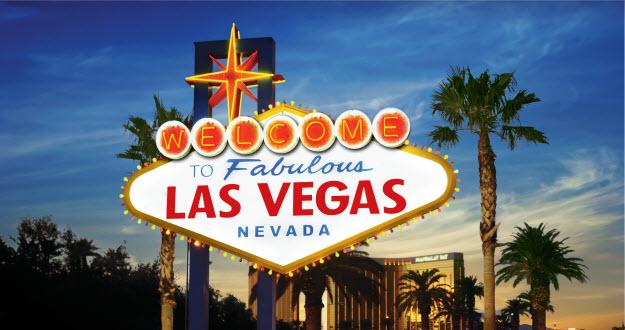Las Vegas, renowned for its vibrant nightlife, opulent casinos, and entertainment attractions, draws millions of visitors each year. This influx of tourists significantly impacts various aspects of the city’s infrastructure, traffic flow, and, notably, pedestrian safety. Understanding these impacts is essential for city planners, residents, and visitors to navigate the urban environment safely.
High Pedestrian Traffic Areas
Las Vegas Boulevard, often referred to as “The Strip,” is the epicenter of the city’s tourist activities. This stretch of road is populated with iconic hotels, casinos, and entertainment venues, making it one of the most frequented pedestrian areas. The high concentration of visitors leads to congested sidewalks, especially during peak tourist seasons and events such as the Consumer Electronics Show (CES) and major boxing matches.
Crosswalk Challenges
Despite pedestrian bridges linking major casinos and hotels, crosswalks at ground level are still heavily used. Tourists, often unfamiliar with the area’s traffic patterns, may cross streets impulsively, contributing to a higher risk of accidents. The tendency to jaywalk is exacerbated by the allure of the vibrant Las Vegas Strip, where distractions are abundant.
Factors Contributing to Pedestrian Safety Issues
According to the Las Vegas pedestrian accident attorneys at Harris & Harris Injury Law Firm, the following factors contribute to hazardous walking conditions for pedestrians:
Alcohol Consumption
Tourists often indulge in alcohol consumption, which is widely accessible along The Strip. Alcohol impairs judgement, coordination, and reaction times, increasing the likelihood of risky pedestrian behavior. The combination of impaired pedestrians and bustling traffic forms a hazardous mix.
Distracted Walking
The rapid spread of smartphone usage has led to an increase in distracted walking. Tourists may be more focused on capturing the perfect photo or navigating via GPS, rather than paying attention to their surroundings. This distraction can lead to collisions or stepping into traffic unexpectedly.
Inadequate Lighting
Even though Las Vegas is known for its bright lights, there are still areas, particularly off The Strip, where inadequate street lighting poses a safety risk. Poor lighting conditions can obscure drivers’ vision of pedestrians and make it harder for walkers to see obstacles or traffic.
Driver Behavior
Tourism impacts not just pedestrian but also driver behavior. Rental vehicles and taxis form a significant portion of road traffic. Drivers unfamiliar with the city’s roadways may exhibit erratic driving patterns, further complicating pedestrian safety. Ride-share services add another layer of complexity, where drivers frequently stop to pick up or drop off passengers, often abruptly.
Measures to Improve Pedestrian Safety
Las Vegas has implemented several measures to improve pedestrian safety on its bustling streets. These efforts address the unique challenges posed by the city’s mix of locals and tourists.
Infrastructure Improvements
The city of Las Vegas has implemented several infrastructure improvements to enhance pedestrian safety. Pedestrian bridges over major intersections protect walkers from vehicular traffic. These bridges are equipped with escalators and elevators, making them accessible for all users. Additionally, bollards installed along sidewalks prevent vehicles from veering into pedestrian spaces.
Enhanced Crosswalks
Crosswalks are fitted with better signage, countdown timers, and pedestrian-activated signals to give walkers ample time to cross safely. Some areas have incorporated raised crosswalks and pedestrian islands, providing a safe haven for those crossing busy streets.
Public Awareness Campaigns
Public awareness campaigns aim to educate tourists about safe walking practices. These campaigns are often displayed prominently in hotels, casinos, and at transportation hubs. By informing visitors about local traffic laws and the importance of using pedestrian bridges and designated crosswalks, these initiatives help reduce risky behavior.
Increased Law Enforcement
To manage the high volume of tourists and ensure pedestrian safety, Las Vegas law enforcement has increased its presence in congested areas. Traffic officers monitor busy intersections and crosswalks, issuing citations for jaywalking and other unsafe behaviors. Enhanced DUI checkpoints and patrols also deter impaired driving, further protecting pedestrians.
Tourism is an integral part of the Las Vegas economy, but it brings specific challenges to pedestrian safety. Through a combination of infrastructure improvements, public awareness campaigns, law enforcement, and technological advancements, Las Vegas aims to create a safer environment for both visitors and residents. Navigating the bustling and vibrant urban landscape requires the combined efforts of city officials, local businesses, and the community to ensure a secure experience for everyone.



